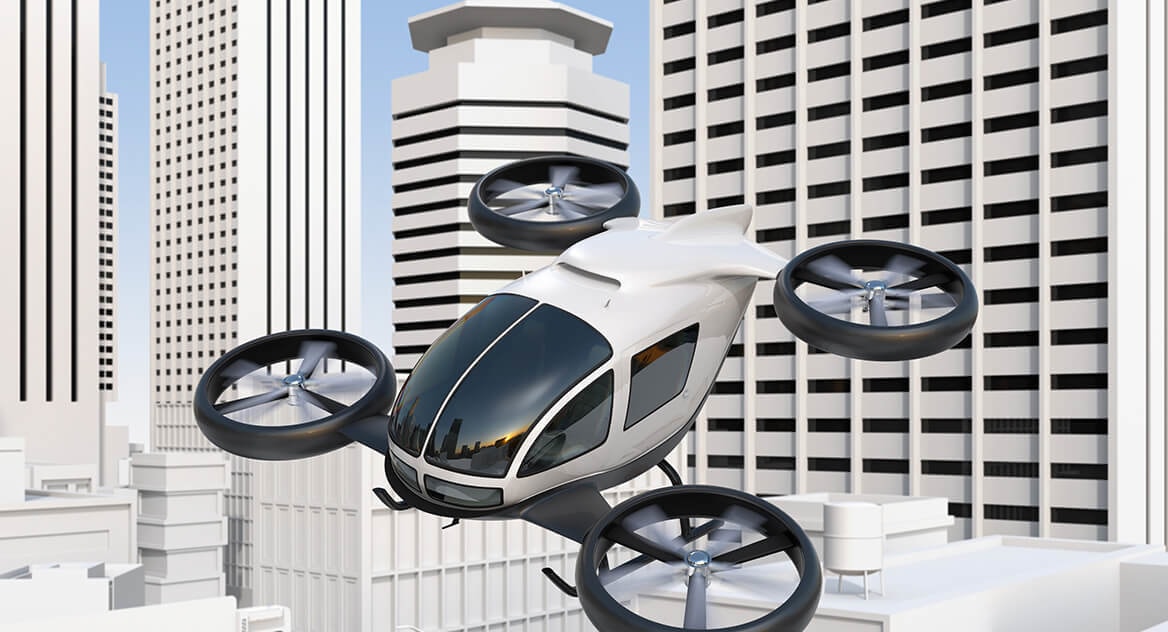
The Impact of COVID-19 on the eVTOL Industry
How freight could help the sector
The impact of the COVID-19 pandemic has been unprecedented on a global scale. The consequences have been wide reaching, particularly for aviation. Globally, the aviation industry is expected to lose more than US$84 billion in 2020. Arguably, the challenge for eVTOL companies is even harder. The industry is still in its formative stages. It will rely on a shared flight model to make the economics work and for some the value proposition partly depends on cutting travel time on otherwise congested routes.
Pre-COVID-19 the eVTOL industry had experienced an impressive growth trajectory. In the first few months of 2020 alone, over US$1 billion was invested in the sector with Toyota leading a US$590 million investment in Joby and EHang’s US$650 million IPO valuation. UAM investment is expected to exceed US$318 billion by 2040. Earlier this year, the Federal Aviation Administration (FAA) in the US announced that it is currently engaged with manufacturers of more than 15 eVTOL aircraft. Uber Air, EHang, Volocopter, Joby, and Lilium are among those who have signalled their intent to launch commercial passenger operations within the next three to five years.
This content is available exclusively to Australian Aviation members.
Subscribe to Australian Aviation for unlimited access to exclusive content and past magazines.A monthly membership is only $5.99 or save with our annual plans.
- Australian Aviation quarterly print & digital magazines
- Access to In Focus reports every month on our website
- Unlimited access to all Australian Aviation digital content
- Access to the Australian Aviation app
- Australian Aviation quarterly print & digital magazines
- Access to In Focus reports every month on our website
- Access to our Behind the Lens photo galleries and other exclusive content
- Daily news updates via our email bulletin
- Unlimited access to all Australian Aviation digital content
- Access to the Australian Aviation app
- Australian Aviation quarterly print & digital magazines
- Access to In Focus reports every month on our website
- Access to our Behind the Lens photo galleries and other exclusive content
- Daily news updates via our email bulletin












